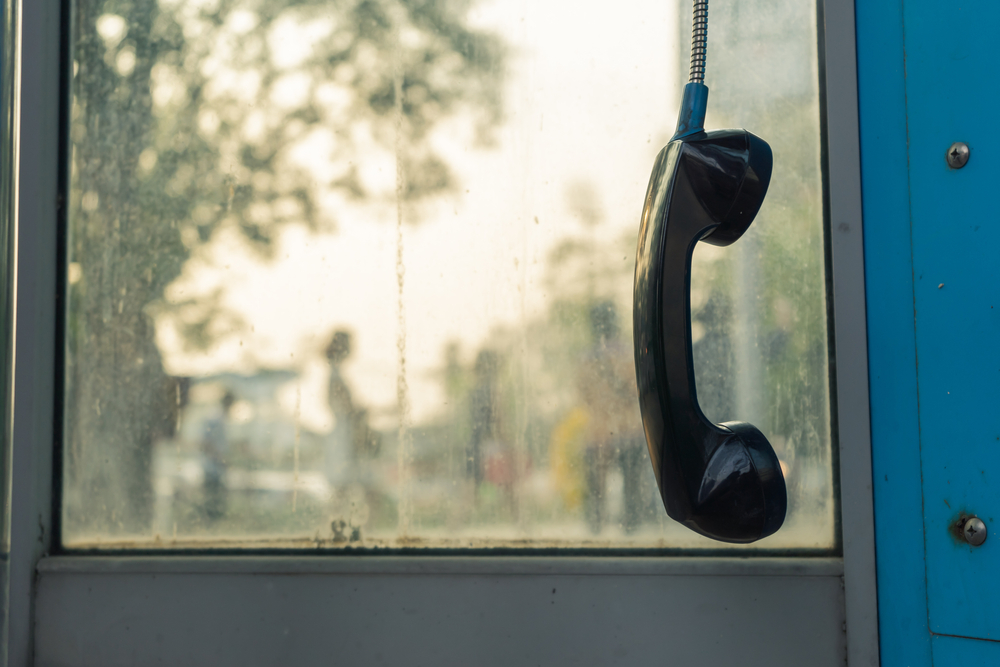Astronomers have discovered that the sun has a long-lost brother. (Via NASA)
When we say "brother," we mean this star was created from the same cloud of dust and gas as the sun. That's according to a team of researchers led by an astronomer from the University of Texas at Austin
This would mean this sibling was created by the solar nebula, just as the sun was. A writer for Universe Today explains the solar nebula was simply a large cloud of molecular gas and dust that somehow collapsed billions of years ago, flattening that cloud into a disk. Then "gravity took over, pulling material inward into dense pockets where stars would eventually form."
And this "brother" even has a name: HD 162826. It's located pretty far away from the sun—about 110-light-years away actually—in the constellation Hercules. It's not even visible to the naked eye as seen in this image released by The University's McDonald Observatory. (Via McDonald Observatory)
Now if this new brother was created from the same materials the sun was, the researchers say that means it's been around for more than 4.5 billion years. And this star is even bigger than it's solar sibling.
And that's pretty significant, because the sun is so large that about one million Earths could fit inside it. Because it makes up 99.8 percent of the mass of the solar system, the sun is considered its center. (Via NASA)
Now, astronomers have known about HD 162826 for quite a while. The Los Angeles Times says the McDonald Observatory Planet Search team has been researching this star for about 15 years.
But this star wasn't the only star researchers and astronomers were looking at. In fact, there were more than 30 stars they'd determined could have been siblings of the sun.
To determine which star was actually related to the sun, a press release from The University of Texas at Austin says the team had to uncover information about the stars' orbits and the chemical analysis of each. They were able to narrow it down to just the one. The study's lead researcher explained why his team was researching these stars in the first place: "We want to know where we were born. If we can figure out in what part of the galaxy the sun formed, we can constrain conditions on the early solar system. That could help us understand why we are here."
The astronomers hope this new information will help lead to the discovery of more solar siblings and even more information about where and how the sun was formed.











